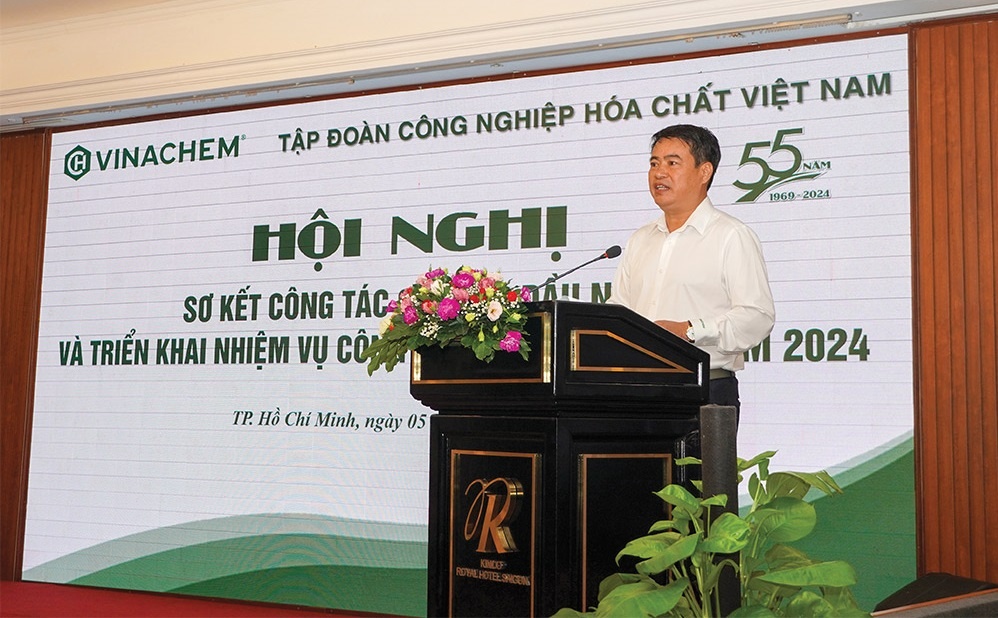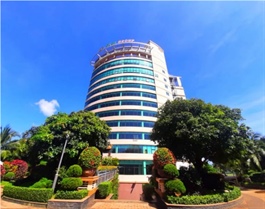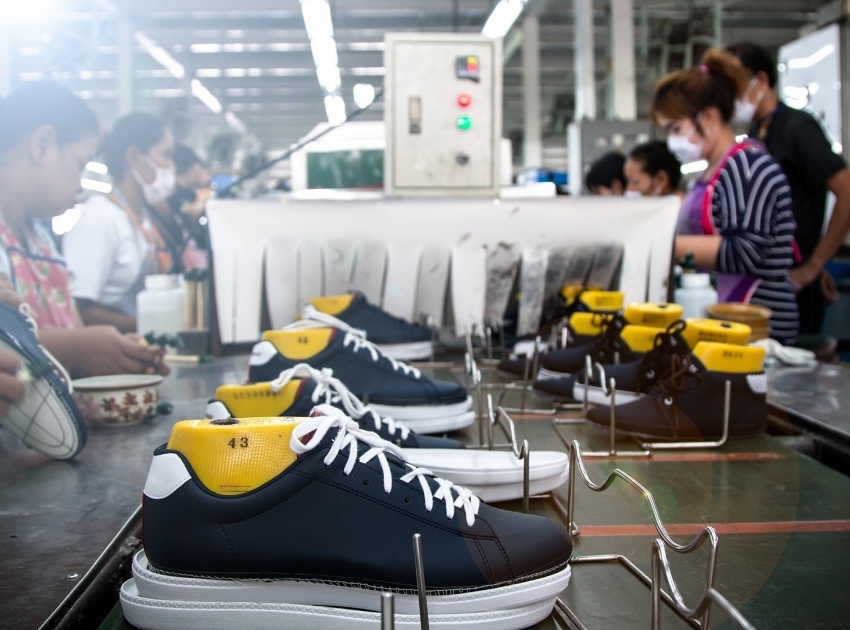Vinachem bags buoyant performance so far in 2024
Vinachem bags buoyant performance so far in 2024
State-run chemical giant Vietnam National Chemical Group has registered rosy first-half performance, with many member units eyeing stellar profit growth in the year to date.

Along with this, in the first six months of this year, member units under the group (Vinachem) counted $1.13 billion in gross production value, showing 13 per cent jump on-year.
The whole group’s estimated consolidated revenue in H1 surpassed $1.3 billion, up 18 per cent on-year, and reaching 55 per cent of full-year projection, meanwhile consolidated profit approximated $34 million.
During the period, Vinachem paid around $46.6 million to state coffers, reaching 62 per cent of the full-year plan.
This information came from Vinachem’s conference on July 5, where the state group reviewed its first-half production and business performance and discussed measures to ensure successful implementation of set targets in the second half of this year.
Also last week, Vinachem issued a decision on implementing the group’s five-year investment, development, production, and business plan for 2021-2025. Accordingly, during the period Vinachem and member units aim to count $12.08 billion in total gross production value based on actual price, growing an average 9.6 per cent annually; and $11.57 billion in total consolidated revenue, climbing an average 7.6 per cent annually.
The whole group aims to contribute $453 million to state coffers, up 11 per cent compared to 2016-2020, while total consolidated pre-tax profit is expected to reach $948 million, up 4.2-fold.
Nguyen Huu Tu, deputy CEO of Vinachem, noted that despite facing multiple hardships both subjectively and objectively in H1, Vinachem and member units have efficiently weathered the storm and harvested upbeat business results.
Many member units had reported a spike in their profit during the period. For instance, in H1, DAP-Vinachem JSC eyed profit that was 46-fold increase compared to similar period in 2023; Binh Dien Fertiliser JSC reported a five-fold increase; Can Tho Fertiliser and Chemical JSC eyed a four-fold increase; and Southern Rubber Industry saw double profit, to name but a few.
“In the first half of this year, Vinachem was doing its utmost to meet the demand for key products such as fertilisers, chemicals, chemistry-cosmetics items, detergents, tyres and tubes, and others, serving the essential needs of production and consumption, contributing to ensuring domestic market stabilisation and sufficient fertiliser supply for agricultural production,” said Tu.
In the second half, Vinachem leader assumed that the prevailing trend during that period will be augmenting supply sources amid still feeble demand. In addition, the product price is unlikely to go up sharply. These are big challenges to local businesses, including Vinachem’s members.
In this context, Vinachem and its member units have set to reach $1.65 billion in revenue in H2, and a compound $2.19 billion for 2024, whereas consolidated profit is set at $45.6 million in H2, and a $79.6 million for whole year.
Also in the rest of this year, the group will embrace financial restructuring at three fertiliser plants, including Ninh Binh Nitrogenous Fertiliser Plant, Ha Bac Nitrogenous Fertiliser Plant, and DAP Fertiliser Plant 2, striving to soon bring these plants out of the list of ill-performers in the sector.
At the conference, Vinachem CEO Phung Quang Hiep voiced the commitment to continue working on the apatite ore exploitation and processing plan for 2030.
“Relevant units must pay due heeds to troubleshooting hardships of screening plants, promoting production and trading, totally avoiding ore shortages at these plants. Professional units and businesses must bring forth the sense of unity and take initiative in project implementation, gearing towards harvesting the best results,” said Hiep.
Vinachem has core functions of fertilisers and chemicals production, rubber processing, and mining exploitation, among others.
The group currently consists of three member units in which it holds all charter capital; 18 member units in which it embraces over half, and 11 member units in which it holds below half of charter capital, besides one research institute and one college.






















